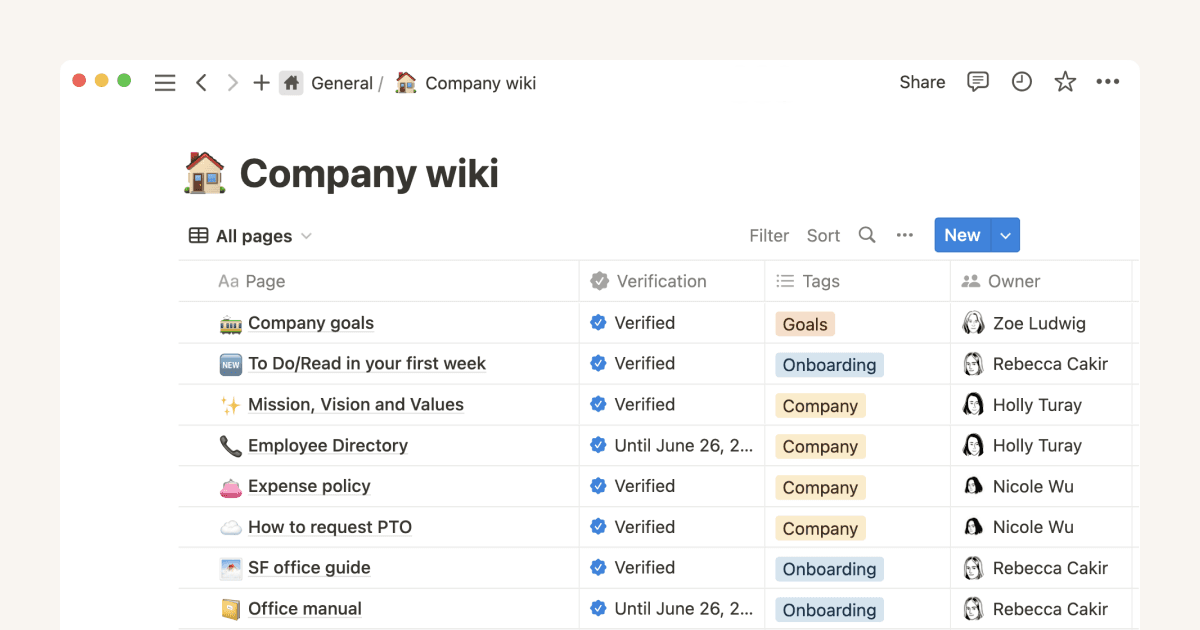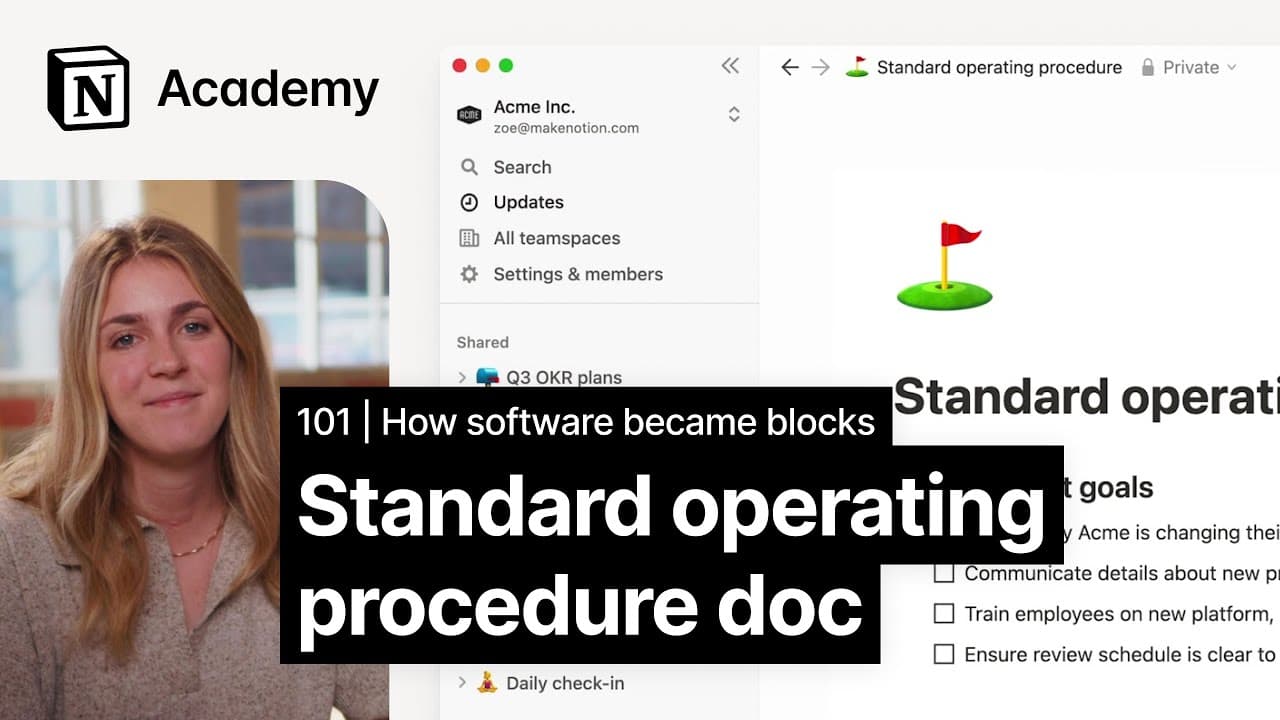UI/UX Designer SOPs

About this template
This template contains a comprehensive set of Standard Operating Procedures (SOPs) for UI/UX designers. These SOPs cover the entire design process from initial user research to the final handoff to developers. Each SOP is meticulously detailed, outlining the purpose, scope, and step-by-step instructions for each phase of the design process.
The document begins with conducting user research, emphasizing the importance of defining objectives, selecting appropriate research methods, and recruiting the right participants. It then delves into creating user personas, which involves gathering user data, identifying key segments, and designing detailed persona structures. The SOPs also cover wireframing and prototyping, detailing the process of creating low-fidelity and high-fidelity wireframes, as well as interactive prototypes for usability testing.
Further, the document provides guidelines for conducting usability testing, including defining testing goals, selecting testing methods, and analyzing test findings. It also addresses UI/UX competitive analysis, focusing on identifying competitors, gathering data on their products, and performing heuristic evaluations. Additionally, the SOPs include creating a UI design system and style guide, emphasizing the need for consistency, documentation, and maintenance.
The document also details analyzing UX metrics and user feedback, optimizing UX writing and microcopy, and designing for accessibility and inclusive UX. Each of these sections provides specific steps and best practices to ensure high-quality, user-centered designs. Finally, the document concludes with the UX handoff to developers and collaboration, outlining how to prepare design files, document specifications, and communicate effectively with the development team.
In conclusion, this document serves as a valuable resource for UI/UX designers, providing a structured framework for their work. By following these SOPs, designers can ensure consistency, efficiency, and effectiveness in their design process, ultimately leading to better user experiences and successful product launches.












